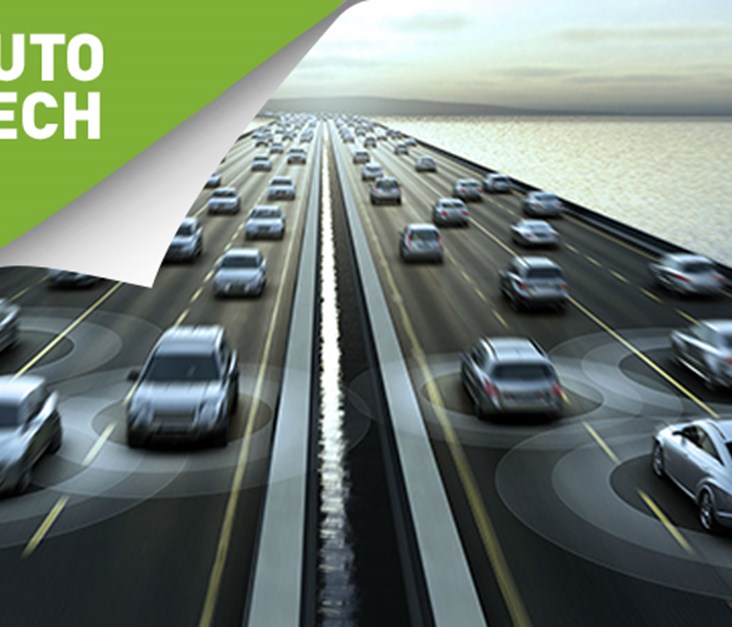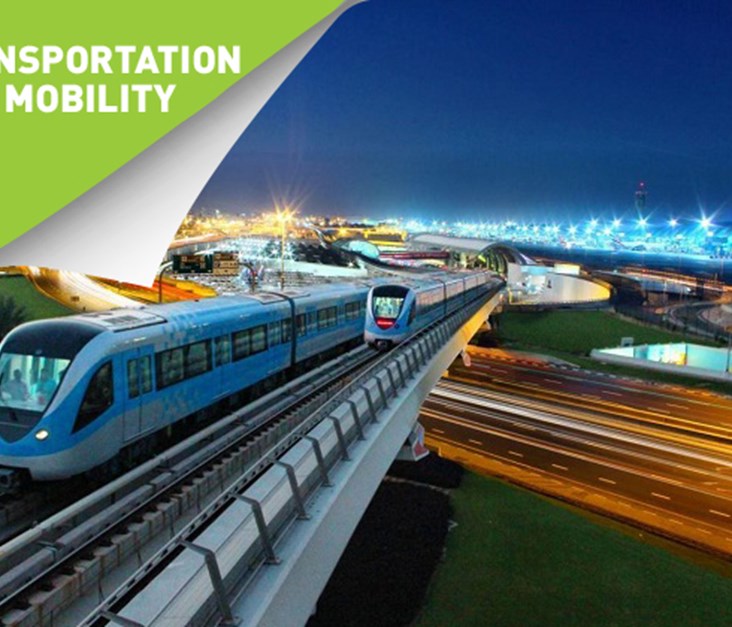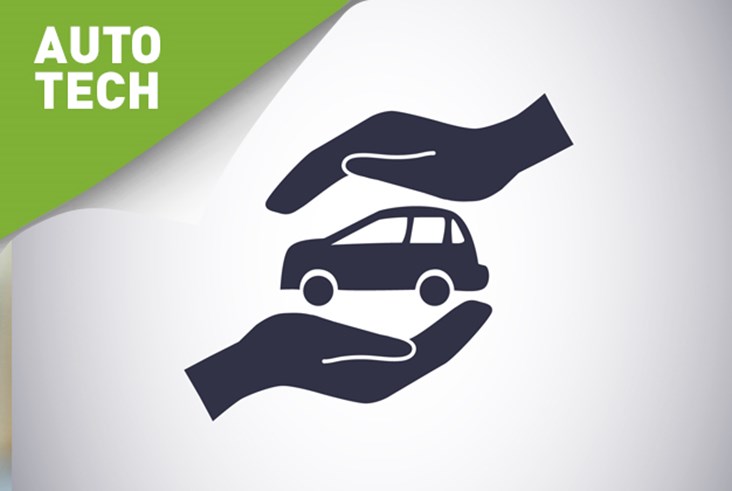
Not too long ago, safety features such as cruise control, anti-lock brakes, air bags and even seat belts were considered novelties. As of today, these features have become standard on most road cars. For the longest time, driver safety has been a top concern for automakers, constantly developing numerous innovative safety tech features to ensure the safety of both the driver and others on the road. Automakers invest in safety technology with the goal of decreasing the occurrence of road accidents. The United States Department of Transport claims that over 80% of annual vehicle crashes could be potentially prevented using modern-day safety technology, making these R&D investments worthwhile. Safety tech innovations have allowed automakers to move beyond “passive safety” and focus more on “active safety” by providing advanced vehicle safety technology features.
Like with most tech-related developments, automakers constantly compete over developing next-gen safety technologies. Let’s take a look present day safety technology as well as what automakers are developing for the future:
Present Day Technology
Blind-Spot Monitoring
Probably one of the most accurate and least distracting safety assistance technologies is blind spot monitoring. By using radars and sensors in the rear quarters of the vehicle, the driver is alerted of any incoming vehicles in the blind spot by a flashing light in the side mirrors. Usually, blind spot detection is activated once you put on your turn signal, but cars today have it active at all times for superior safety. Of course, such technology may be obstructed by snow, dirt and poor weather, but when unhindered, it provides drivers with overall safety.
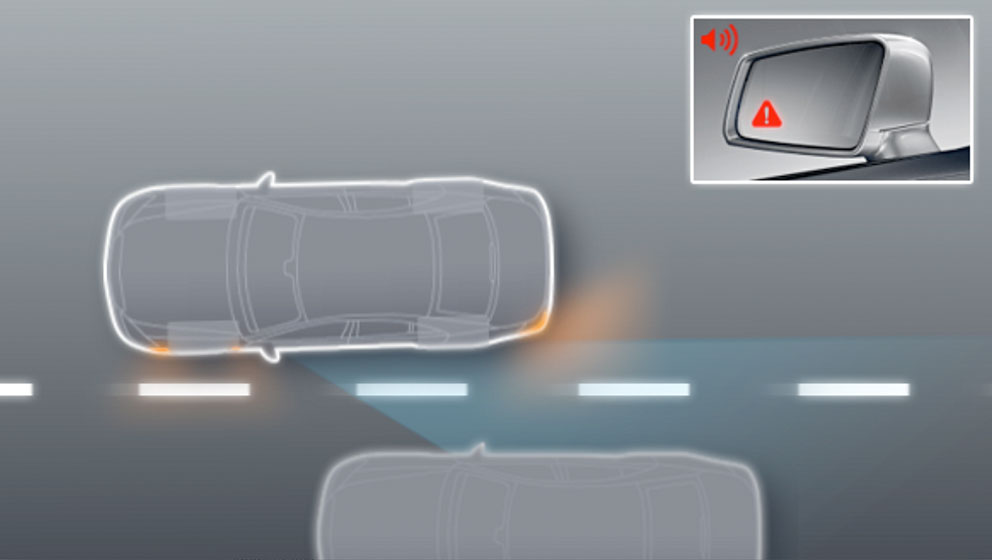
Lane-Keep Assist
Lane-Keep Assist is similar to blind-spot monitoring technology but with more range. It is capable of analyzing an approaching vehicle's speed and distance and warns you of potential danger when changing lanes. It also warns drivers if it determines the car is wandering out of the lane, whether due to distraction or drowsiness. Warning alerts usually occur through either a chime or vibration in the steering wheel or seat. With the advances of automated driving technology, lane-keep assist has evolved by braking or actively steering the vehicle within the lane. The only issue with this technology is that the vehicle’s camera requires constant, clear lane markings, making their performance spotty during inclement weather or poorly marked roads
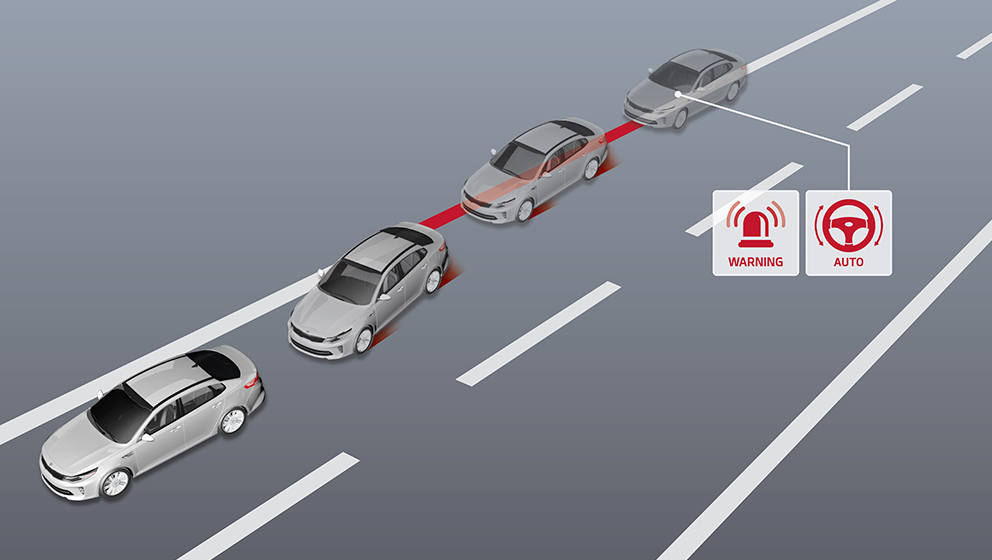
Adaptive Headlights
Adaptive headlight technology is capable of directing light as you drive around corners and go up hills. These headlight systems are made up of several subcomponents that are monitored and controlled by the vehicle’s ECU. These subcomponents include:
- Wheel speed sensors that monitor the speed of rotation of each wheel
- Yaw sensor that tracks a vehicle’s side-to-side movement
- Steering input sensor that monitors the angle of the steering wheel
- Motors attached to each headlight.
The data from the sensors are interpreted by the ECU, which adjusts the headlights according to the vehicle’s speed and the roads angle and curve. Adaptive headlights also include a self-leveling system, helping to prevent headlights from pointing too far up or too far down when driving up or down hills. Adaptive headlights automatically keep their piercing beams out of oncoming drivers’ eyes while also effectively lighting up the road.
Collision Avoidance System
All drivers are prone to some sort of distraction when driving, which is why automakers developed collision avoidance systems. The system relies on numerous technologies such as LiDAR, sensors and cameras to detect when an imminent crash may occur. Once this integrated trio detects a potential crash, these systems either provide a warning to the driver or take autonomous action by braking, steering, reducing speed or various combinations of the three. Auto-braking is enabled only at low vehicle speeds (below 50 km/h), while collision avoidance by automated steering is enabled at higher vehicle speeds.
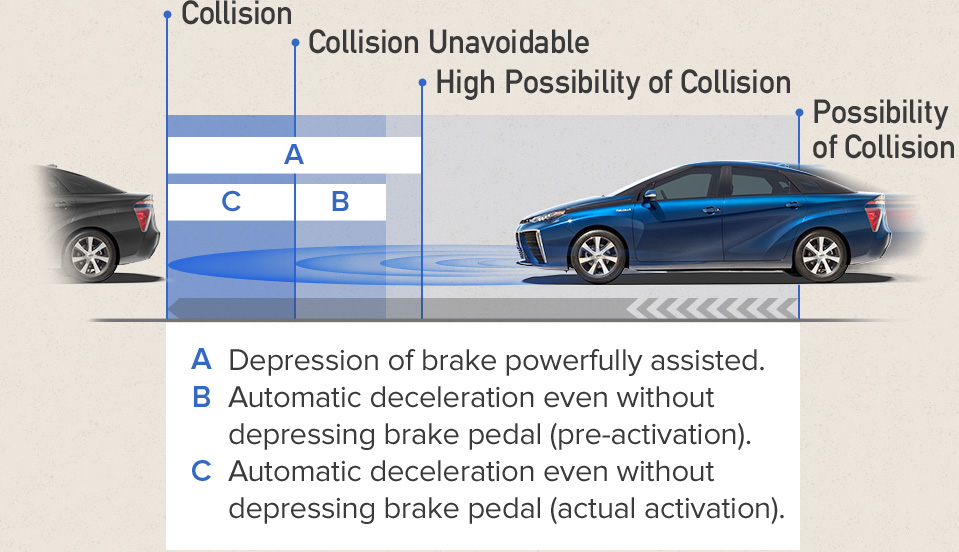
Night Vision
Night vision in vehicles can be executed in different forms, either through infrared headlights or thermal-imaging cameras. But no matter the technology, the goal is the same: to help you see and spot pedestrians, animals or obstructions on the road at nearly 1,000 feet away in complete darkness. The way this works is through the continuous capture and generation of images through the infrared cameras usually placed behind the windshield, fed to the vehicle’s infotainment display. Night vision technology is capable of highlighting people, animals and obstructions for the driver to clearly make out what’s on the road ahead. The only downside of night vision technology is that it remains prohibitively expensive, mostly made available on higher end luxury cars as standard.
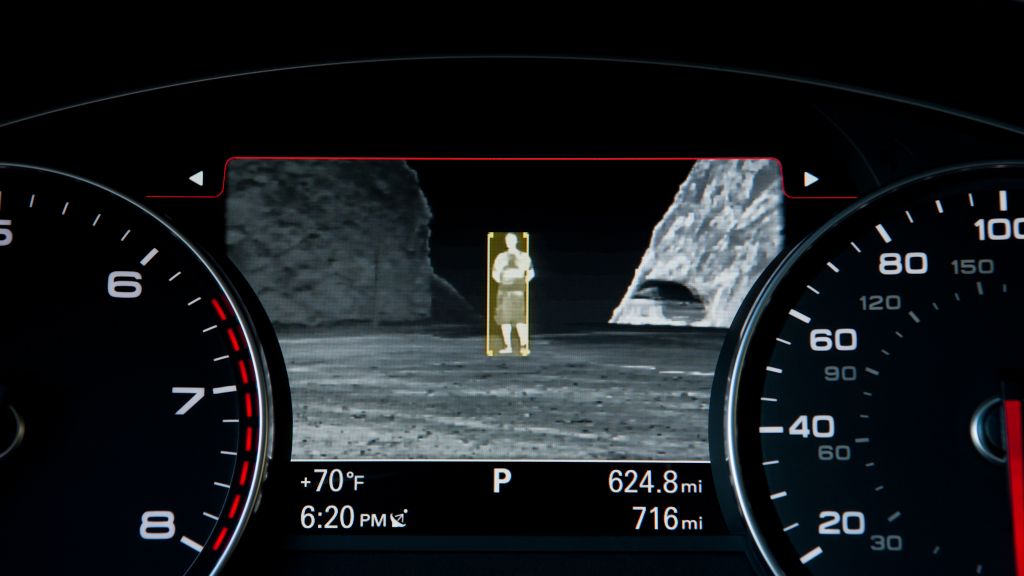
Future Technology
Vehicle-to-Vehicle Communication
Collision prevention is easy when there is a driver behind the wheel, but with the future of autonomous driving, V2V technology will become incredibly important to help these vehicles avoid collision. Today, sensors and radar technology help drivers avoid collision, but with autonomous cars, continuous communication with other vehicles will be necessary in order to maneuver safely. To achieve this, vehicles will continuously share their GPS coordinates and speed to facilitate while also depending on future sensor technology. V2V technology also creates a network-based traffic management system, helping cars coordinate with traffic signals directly, thus, decreasing accidents that occur at intersections.
Braking Airbags
Airbags are the vehicle’s greatest safety feature and automakers have been adding more and more of them to our cars. Today we have front airbags, side airbags, knee airbags, and even seat-belt airbags. Mercedes-Benz, however, wants to take airbag technology further. Specifically, Mercedes has been experimenting with airbags that deploy underneath the car, capable of stopping it in seconds before a crash occurs. This technology also depends on vehicle sensors, which similar to crash prevention systems, will determine when an impact is imminent. Mercedes’ “braking bag” has a friction coating which helps slow the car down and double the stopping power. These airbags also lift the vehicle eight centimeters off the road, which improves bumper-to-bumper contact.
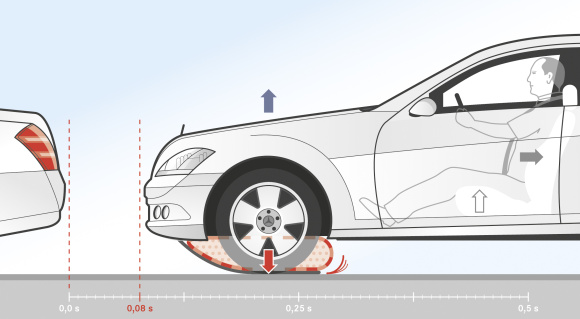
Driver Override Technology
With the rise of autonomous vehicles in the automotive space, engineers are working on technology that will give cars override authority to take control of the vehicle. Today, cars have collision prevention systems, which automatically apply the brakes when the driver does not. But in the future of autonomous driving, more advanced technology will give vehicles the power to intentionally disregard drivers and their commands, and make its own decisions. By 2020, when most cars on the road will be equipped with autonomous technology, driver override technology will allow vehicles to apply the brakes or decrease vehicle speed even if the driver has the gas pedal pushed down to the floor.
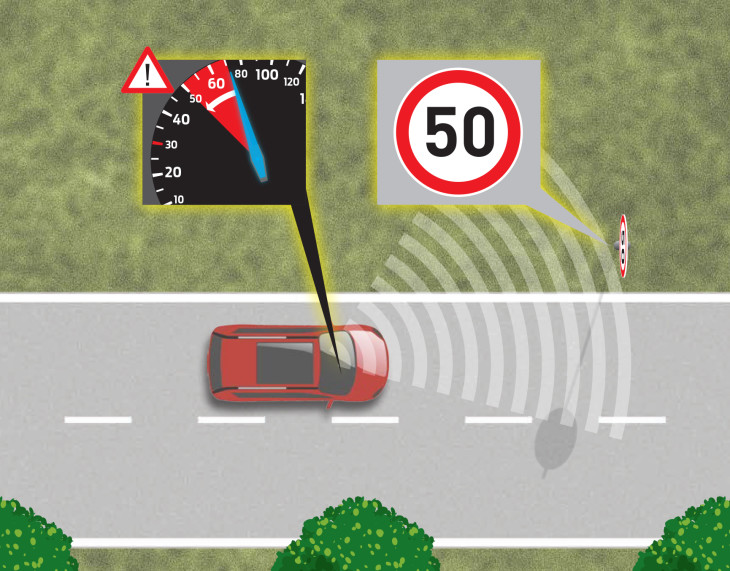
Driver Health Monitoring
In most vehicular racing sports, driver health monitoring technology is common. Sensors relay driver vitals in order to assure driver safety. The Ford Motor Company previewed this concept for its commercial cars, equipping the seatbelt and steering wheel with sensors, which track vital statistics of the driver. The technology not only alerts the vehicle’s driver and passengers if the health of the driver is compromised due to reasons such as a heart attack or other emergency, but the car will also be programmed to pull over, shut down and call paramedics in the event of a serious health situation. This sort of safety technology has the potential to save countless lives.
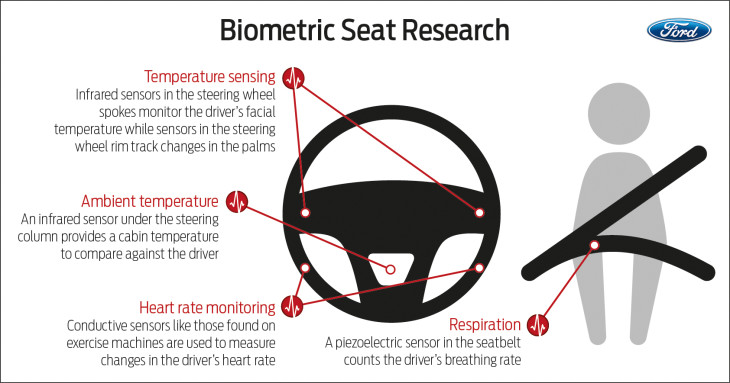
Conclusion
Cars today are more high-tech, safe and durable than at any point in automotive history. Similar to any forward-looking industry, the automotive sector is continuously finding ways to pack more technological innovation into our vehicles, and that is especially true with safety technology. The current developments in automotive safety technology are more advanced than ever, but with the increase of automakers entering the autonomous-driving race, safety technology has become increasingly more important. Without driver intervention, vehicles need to be smarter and well equipped enough to take car of life-threatening situations on the road. However, looking at today’s safety tech innovations, the future looks bright… and safe!
Latest Business
Intelligence Report













